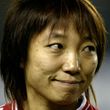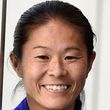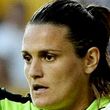
Women’s football is growing rapidly worldwide. There are professional leagues in Europe, Asia and the United States. Many players have become superstars with annual incomes over a million dollars. They are yet to become household names like Cristiano Ronaldo, Lionel Messi or Kylian Mbappe. That will happen soon, given the exponential growth of the sport.
The Women’s World Cup has played a significant role in popularising football. It brings together the finest talents as 32 nations jostle to become the best in the world. Currently, Australia and New Zealand are co-hosting a World Cup, with the United States targeting a hattrick of titles.
The path to the World Cup hasn’t been easy. Like in many other sports, women were banned from playing football in several countries: England’s Football Association banned it for 50 years . It took decades before the barriers fell and women footballers could showcase their talent and skill.
Here’s a look at the growth of women’s football, the Women’s World Cup and some of the top women footballers
A brief history of women’s football
Women have been playing football ever since the game existed, but organised women’s football took a while to take root. Annual fixtures were staged in Scotland in the 1790s, and the first recorded women’s football match took place in 1881 in Edinburgh. On December 25, 1917, a team from England played a team from Ireland, watched by a crowd of 20,000 spectators.
Despite the popularity, the press and public frowned at women playing football. A columnist reportedly wrote: They play in knickers and blouses. They allow their calves of their legs to be seen and wear caps and football boots! What next?”
England’s Football Association (FA) in 1921 outlawed women from playing on association members’ pitches, with the FA stating that “the game of football is quite unsuitable for females and ought not to be encouraged.” Similar measures were enforced in West Germany (from 1955 to 1970), France (1941 to 1970) and Brazil (1941 to 1979).
That didn’t stop the women from playing football. The English Ladies’ Football Association was formed in 1921 with 58 affiliated clubs, and the English Women’s FA was formed in 1969. The FA maintained the ban until 1970 and issued an apology in 2008.
In 1971, the Union of European Football Associations (UEFA) asked national associations to manage the women’s game in each country. The Fédération Internationale de Football Association (FIFA), the sport’s international governing body, took the cue and invested in women’s football. Soon the first official Women’s World Cup took shape in China in 1991. Now 187 countries take part in international tournaments.
Professionalism in women’s football
Women’s football leagues sprouted worldwide, and professionalism followed. In the 1970s, Italy became the first country to pay women players; it also started to import foreign footballers to the league. But the credit for introducing the first professional women’s domestic league went to Sweden in 1988. Twenty years later, Australia began the W-League.
Japan set the pace in Asia with a semi-professional women’s football league — the L. League — in 1988. The Chinese Women’s Premier Football League of 1997 became the Women’s Super League and the Women’s National Football League before the launch of the Chinese Women’s Super League (CWSL) in 2015. In India, a national women’s championship was held in 1991 before the Indian Women’s League was launched in 2016.
Although the United States formed a national team in 1985, their first professional league — the WUSA — lasted only three years. The second attempt in 2009, the Women’s Professional Soccer (WPS), collapsed after two years before the National Women’s Soccer League (NWSL) was set up in 2012. Mexico’s Liga MX Femenil, launched in 2017, became wildly popular.
Top women’s football leagues of the world
1. England: FA Women’s Super League
The English FA Women’s League, which started in 2011, attracts the best women stars in the world. Chelsea are record winners with six titles, while Arsenal have won the league three times. Twelve teams compete in the league.
Current champions: Chelsea
Major clubs: Manchester United, Arsenal, Chelsea
2. United States: National Women’s Soccer League (NWSL)
The National Women’s Soccer League started in 2012 as one of the best women’s leagues in the world. Each of the 12 teams plays 22 home and away games. Six teams qualify for the playoffs for the championship, and the team with the most points at the end of the season wins the shield.
Current champions: Portland Thorns
Major clubs: Portland Thorns, OL Reigns, Chicago Red Stars, Orlando Pride
3. France: French Women’s League
Initially created in 1918 and relaunched in 1975, the French Women’s League is one of the best in Europe, boasting an abundance of talent. Each of the 12 teams plays home and away games. Lyon has won the most first-division titles, having claimed 14 of their 15 titles in a row.
Current champions: Lyon
Major clubs: Paris Saint-Germain, Lyon, Bordeaux, Dijon
4. Spain: Liga F
The Primera División de la Liga de Fútbol Femenino, now called Liga F, is home to some of the world’s best women’s football clubs. Launched in 1988, the league underwent several name changes. The high quality of the league is reflected in the success of the Spanish national teams. Unsurprisingly, the women players played possession-based football leading to goals galore. Barcelona have won the most championships: eight.
Current champions: Barcelona
Major clubs: Barcelona, Atletico Madrid, Real Madrid, Levante
5. Germany: Frauen-Bundesliga
The Frauen-Bundesliga has been one of the top women’s leagues in the world since its launch in 1990. But its quality has diminished as home-grown talents found greener pastures abroad. Wolfsburg is the most successful club, with seven titles.
Current champions: Bayern Munich
Major clubs: Bayern Munich, Hoffenheim, Wolfsburg, Werder Bremen
6. Italy: Serie A Femminile
The Serie A Femminile is gradually growing into one of the major leagues in Europe. The playing style is often technical, creative, and fast-moving. FC Sassari Torres is the most successful club with seven titles.
Current champions: Roma
Major clubs: Juventus, Inter Milan, AC Milan, Roma
7. Brazil: Campeonato Paulista de Futebol Feminino
The Campeonato Paulista de Futebol Feminino is the biggest league competition in the Brazilian state of Sao Paulo. Started in 1987, it doesn’t have many foreign imports but is very competitive. Players are gifted tactically and skilful. Santos’s team have the most championship titles, with four trophies.
Current champions: Palmeiras
Major clubs: Corinthians, Palmeiras, Santos, Rio Preto
8. Sweden: Damallsvenskan
The Swedish Damallsvenskan was a top league when Scandinavian countries were dominating women’s football along with the US, China, and Brazil. New leagues have overshadowed Scandinavian football. Fourteen teams are in the fray.
Current champions: FC Rosengard
Major clubs: FC Rosengard, BK Hacken, Linkopings
9. Japan: WE League
The WE (Women’s Empowerment) League has developed rapidly since 2020. Japan’s first fully professional women’s league features 12 teams who play double round-robin, home-and-away games.
Current champions: Urawa Red Diamonds
Major clubs: INAC Kobe Leonessa, Urawa Red Diamonds, Tokyo Verdy Beleza, JEF United Chiba
10. Australia: A-League Women
The A-League, which started in 2008, runs similarly to the Men’s A-League in the last three years. After three league rounds, the highest-ranked teams play a championship round before it ends with a finale.
Current champions: Sydney FC
Major clubs: Sydney FC, Melbourne City, Melbourne Victory
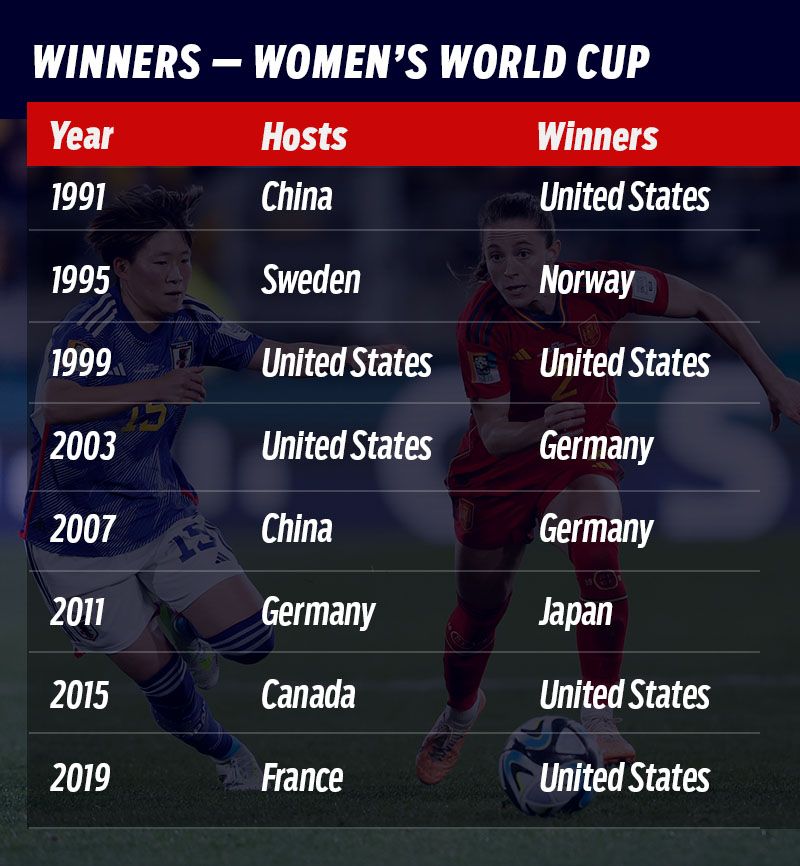
What’s the Women’s World Cup?
The first Women’s World Cup of 1970 was organised in Italy without the involvement of FIFA, world football’s governing body. Conducted by the Torino-based Federation of Independent European Female Football (FIEFF), the tournament featuring seven countries was won by Denmark, who also triumphed the following year in Mexico. Around 112,500 people watched the game at the Azteca Stadium.
The first official Women’s World Cup under the auspices of FIFA took place in 1991 in China. The United States emerged winners of the World Cup, deemed a huge success.
Over the years, the tournament grew in stature and competition. Taking place every four years, the Women's World Cup is now contested by 32 countries (24 teams were in fray until 2019). Continental qualification pathways lead to the finals. In eight editions of the competition, they have been only four champions: USA (4 times), Germany (2), Japan and Norway.
The ninth edition, taking place from July 20 to August 20, 2023, is jointly hosted by Australia and New Zealand. Norway played New Zealand in the opener at Eden Park in Auckland. The final will take place in Sydney on August 20 2023. Defending champions USA are aiming for their fifth title and the third in a row.
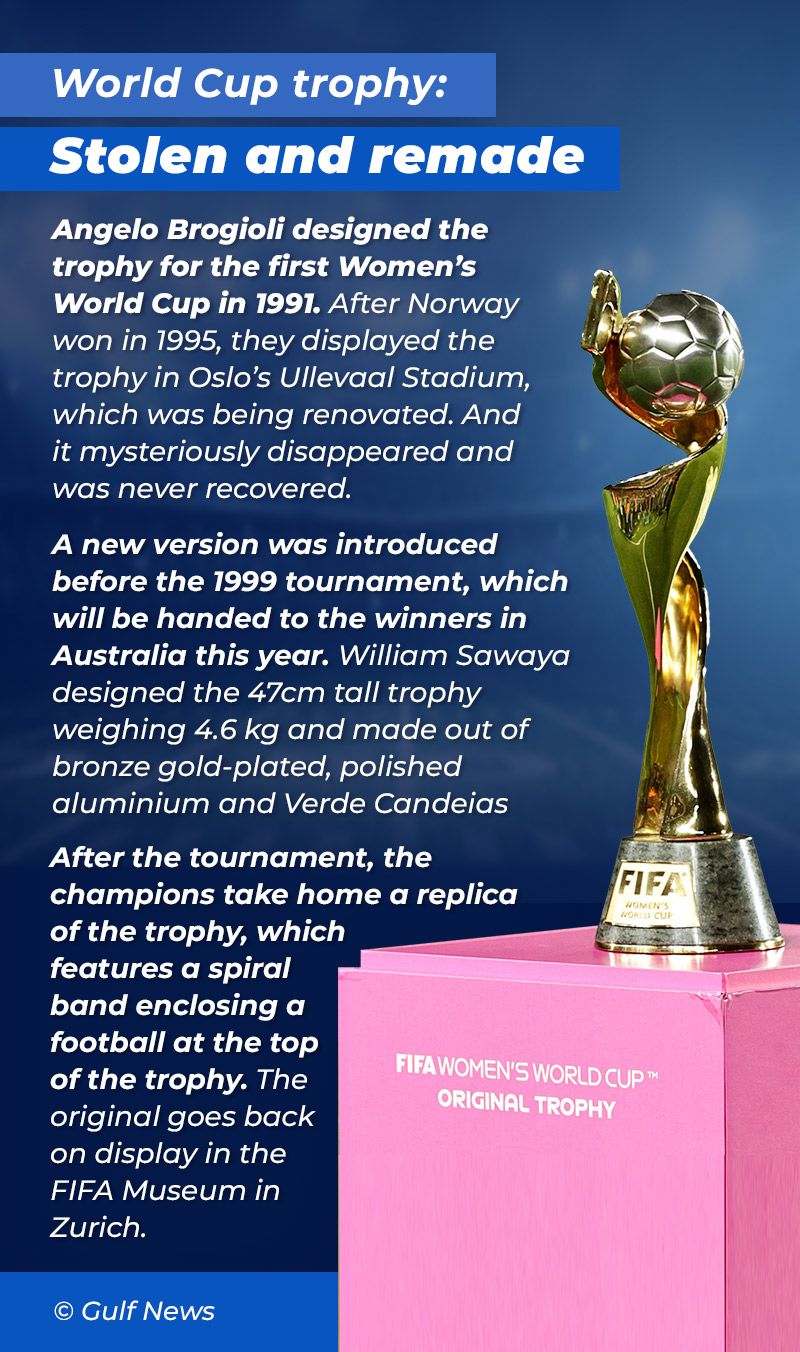
Top women footballers in history
1. Mia Hamm (USA)
Mariel Margaret Hamm-Garciaparra of the United States is a football icon who made her international debut at 15 and played 275 internationals. When she retired in 2004, she had struck 158 international goals constructed by her pace, skill and creativity. The most dangerous and best-known player of her generation, Hamm was FIFA Woman Player of the Year in 2001 and 2002, besides playing vital roles for the US in winning the World Cup in 1991 and 1999. She was also part of the Olympic gold-winning teams of 1996 and 2004, besides claiming a silver in 2000.
2. Marta (Brazil)
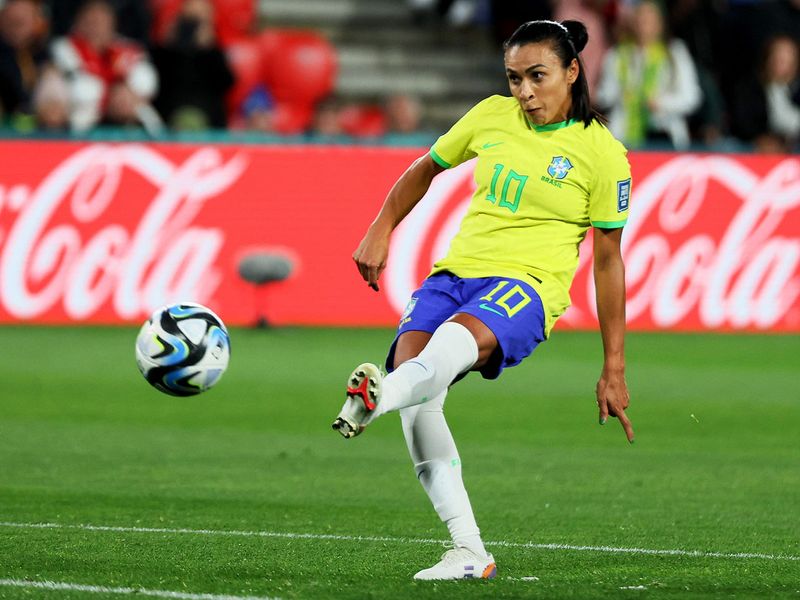
Marta Vieira da Silva, nicknamed “Pele in skirts”, is widely regarded as the greatest woman footballer. Her dribbling skills, creativity and scoring ability have earned her the FIFA World Player of the Year five times from 2006 to 2010. Marta also won the Golden Ball and Golden Boot at the 2007 Women’s World Cup and is the competition’s all-time scoring leader with 15 goals. For all the accolades, she hasn’t won a major championship. The Brazilians were second to Germany at the 2007 World Cup and finished with silver at the 2004 and 2008 Olympics.
3. Michelle Akers (US)
Michelle Ann Akers is one of the greatest woman footballers, excelling in two roles: a lethal striker and a defensive midfield. She was a part of the US squad that won World Cups in 1991 and 1999 and the 1996 Olympic gold. Akers scored 10 goals at the 1991 World Cup to win the Golden Shoe. She shared the FIFA Female Player of the Century award in 2002 with China’s Sun Wen.
Akers started out as a superb striker, scoring 105 times in 153 internationals. She struck twice in the 1991 final, including the winner in the final minutes over Norway. In 1994 when she was diagnosed with chronic fatigue and immune dysfunction syndrome, she transformed herself into a defensive midfielder with plenty of success.
4. Birgit Prinz (Germany)
Blessed with a physical presence and impressive pace, Birgit Prinz is one of the prolific scorers in women’s football: she struck 128 times In 214 international appearances for Germany. The German is second only to Marta in World Cup goals with 14.
She was an integral part of the German teams that won the World Cups in 2003 and 2007. Prinz bagged the Golden Ball in 2003 and the Silver Ball four years later. She struck the winner in the 200 Olympic final against Brazil. FIFA World Player of the Year in 2002, 2003 and 2004, Prinz was named German Player of the Year eight years in a row.
5. Sun Wen (China)
Sun Wen was almost always China’s matchwinner during their dominance in women’s football. She delivered goals 106 times in 152 international matches. Apart from her superb marksmanship, Sun is known for her assists as well: she won the rare double of the Golden Ball and Golden Boot (shared with Marta) at the 1999 World Cup. She is also remembered for a spectacular 32-yard freekick in China’s 1-1 draw with the USA at the 2000 Olympics. Oddly, Sun never won a major tournament as China’s best was a silver in the 1996 Olympics and second place in the 1999 Women’s World Cup final.
6. Abby Wambach (US)
Mary Abigail Wambach is very strong in the air, so much so that one-third of the American’s 184 international goals in 255 matches were scored with her head. A six-time US Soccer Athlete of the Year award winner, Wambach was a regular on the US team from 2003 to 2015. Her most dramatic header came after 120 minutes against Brazil in the 2011 World Cup quarterfinals to level the game, which America won in the shootout. FIFA called it the greatest Women’s World Cup goal. Winner of the 2012 FIFA World Player of the Year award, Wambach bagged two Olympic gold medals. She was also part of the US team which won the 2015 World Cup.
7. Homare Sawa (Japan)
Widely regarded as one of the greatest woman footballers, Homare Sawa was part of the Japan national team for 23 years from 1993. She captained them to a FIFA Women’s World Cup win in 2011 and an Olympic silver medal in 2012. In 2011, Sawa claimed the Golden Ball and Golden Boot and was named the 2011 FIFA World Player of the Year. With her creativity and shooting skills, Sawa collected 83 goals in 204 appearances — both Japanese records.
8. Kelly Smith (England)
Kelly Jayne Smith played 117 times for England following her debut in 1995. She could shoot with both feet, scoring 46 goals during a two-decade international career. That’s despite a severe injury which curtailed her international appearances. Chosen as a Member of the Order of the British Empire in 2008, Smith was a member of the Great Britain side that made the 2012 Olympics quarterfinals.
9. Christine Sinclair (Canada)
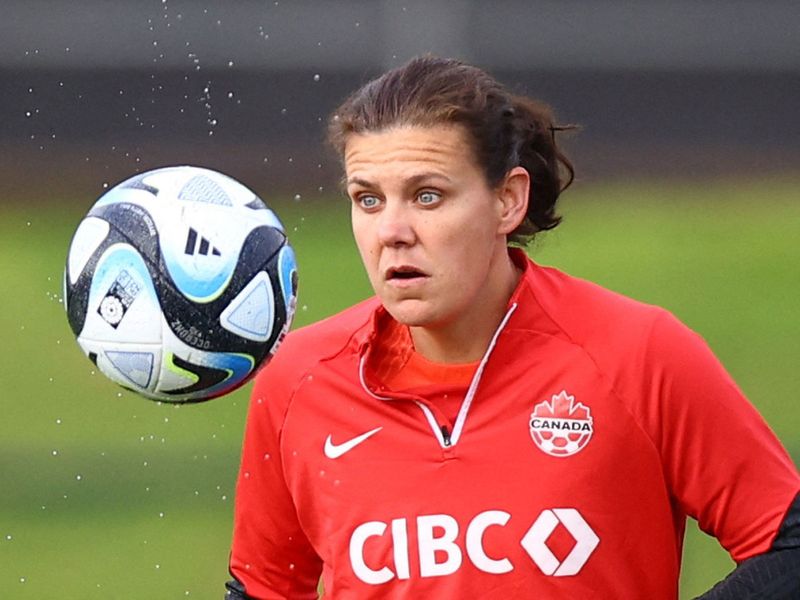
Christine Margaret Sinclair won an Olympic gold and two bronze medals, besides being the CONCACAF champion. Winner of the Canada Soccer Player of the Year award 14 times, Sinclair is the world’s leading scorer for international goals with 190 goals and one of the most-capped active players with more than 300 caps. An attacking midfielder, Sinclair’s most memorable performance was her hattrick in the 4-3 semi-final loss to the USA at the 2012 Olympics. Canada won the bronze.
10. Nadine Angerer (Germany)
Stopping penalties is one of the specialties of German goalkeeper Nadine Marejke Angerer. Named captain in 2011, Angerer saved two penalties against Sweden to help Germany win the 2013 European crown. After his debut at the 2007 Women’s World Cup, Angerer kept a clean slate in six games as Germany claimed their second world title in a row. Angerer’s save from Marta’s penalty was a highlight of the final.
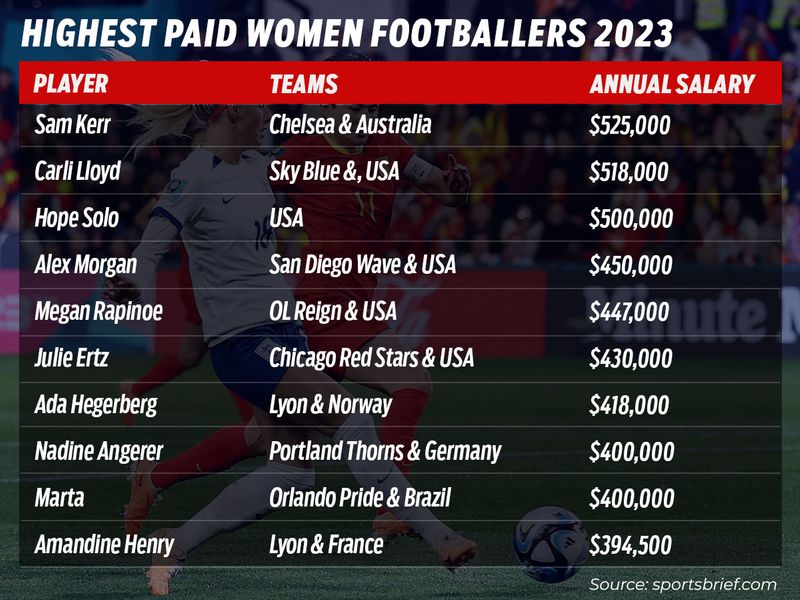
Top 10 women footballers at the 2023 World Cup
This is a random list of 10 women footballers in the world. Lucy Bronze of England, Marta (see above) and Bia Zaneratto of Brazil, Fridolina Rolfo of Sweden, Irene Paredes of Spain and Lena Oberdorf of Germany are some of the stalwarts who didn’t make the list. Here’s our top 10.
1. Alexia Putellas (Spain)
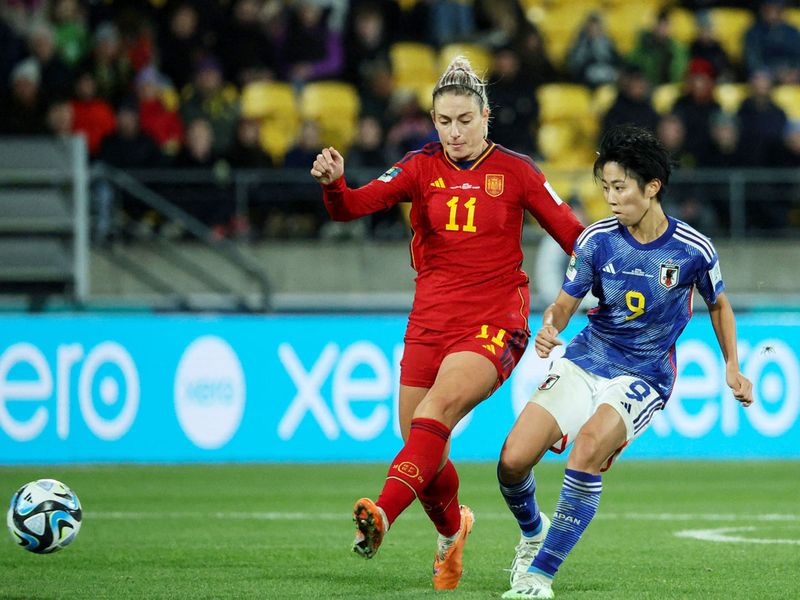
Two-time Ballon d’Or winner Alexia Putellas Segura is one of the most clinical finishers in the game. The Spaniard can play as an attacking midfielder and winger. The 29-year-old has won all major club and individual awards in Europe 2022, including the FIFA Best Women’s Player award, and is generally regarded as the best contemporary female footballer in the world and one of the greatest in history.
2. Aitana Bonmati (Spain)
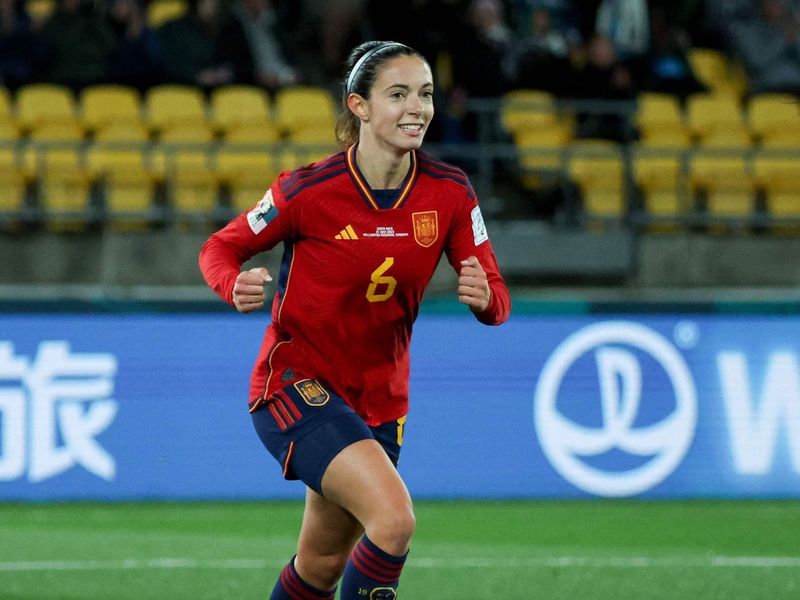
Aitana Bonmati Conca is a genius at controlling the game with her pace and creativity. A popular Spanish player, the 25-year-old Barcelona midfielder has the knack of creating incisive passes out of nothing.
3. Vivianne Miedema (The Netherlands)
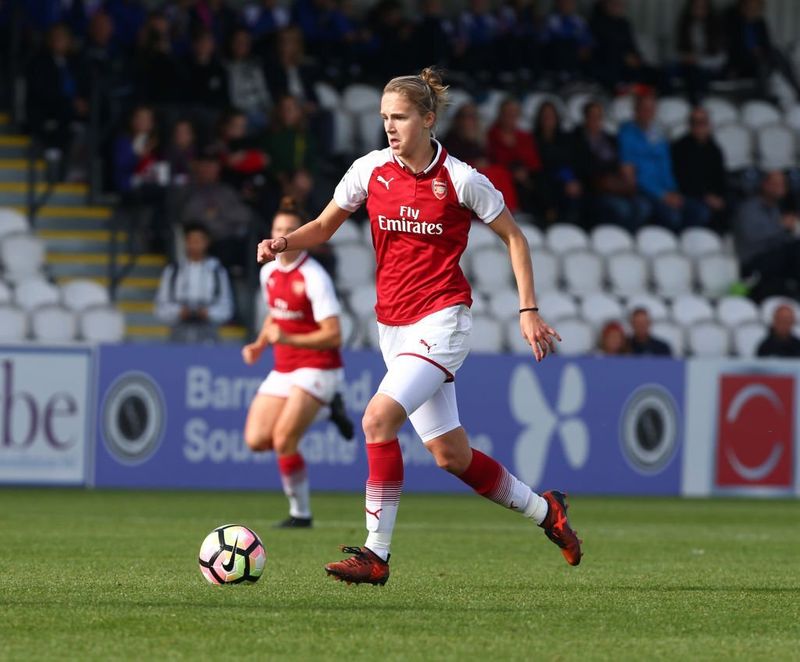
Anna Margaretha Marina Astrid “Vivianne” Miedema is a Dutch professional from Hoogeveen, Netherlands. A popular Arsenal player, the 27-year-old is a prolific goalscorer who helped the Dutch win the 2017 Women’s Euro. Miedema won the Silver Boot in guiding the Netherlands to the runners-up spot in the 2019 FIFA Women’s World Cup.
4. Sam Kerr (Australia)
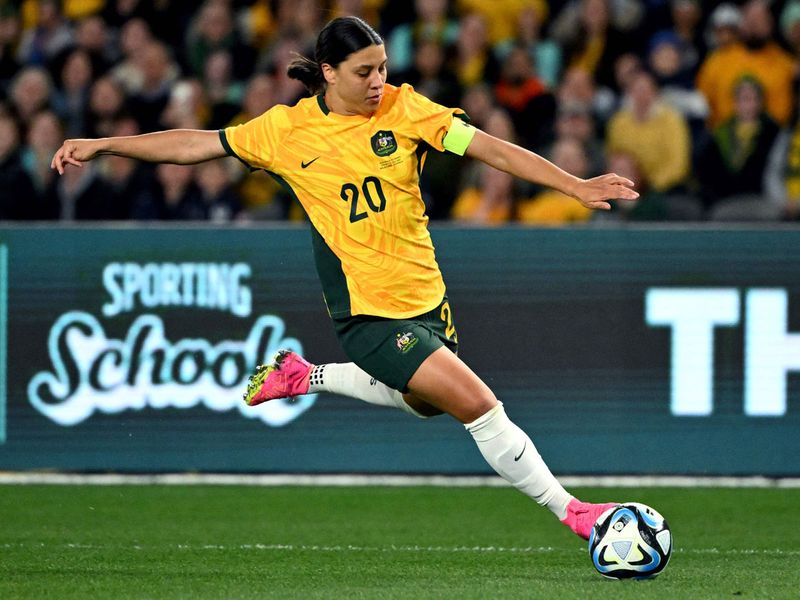
Samantha May Kerr, considered one of the best forwards of all time, is Australia’s leading international scorer. Hailing from East Fremantle, Western Australia, Kerr’s brilliance in front of goal is exceptional. The Australia captain joined Chelsea in 2020 and has won eight trophies with them. The 29-year-old has also scored 81 goals in 99 league appearances for the English Club. Kerr, who captains Australia, has been forced to sit out the early World Cup games in 2023 with a calf injury.
4. Beth Mead (England)
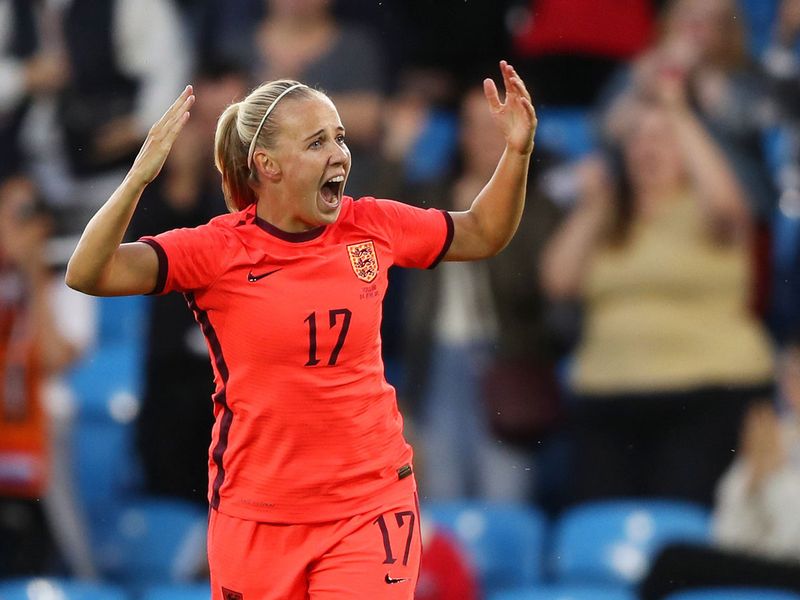
Bethany Jane Mead, 28, played a pivotal role in England’s win in the 2022 Women’s Euro, finishing as the top scorer and the Player of the Tournament. The Arsenal forward came second in the Ballon d’Or award in 2022. Mead holds records for the all-time most assists and all-time second-most goal contributions in England’s Women’s Super League.
5. Keira Walsh (England)
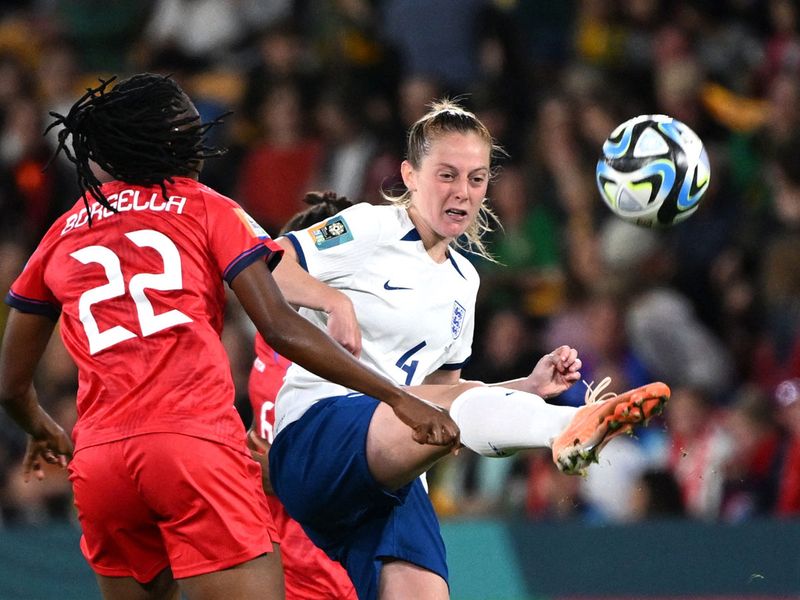
Keira Fae Walsh was a vital member of the England team that won the 2022 Women’s Euro; she was named Player of the Match in the final. A midfielder with incredible skill and vision, the 26-year-old has become England’s most valuable player and the most expensive female footballer following her move from Manchester City to Barcelona. Her injury during the 2023 World Cup is a setback for England.
6. Pernille Harder (Denmark)
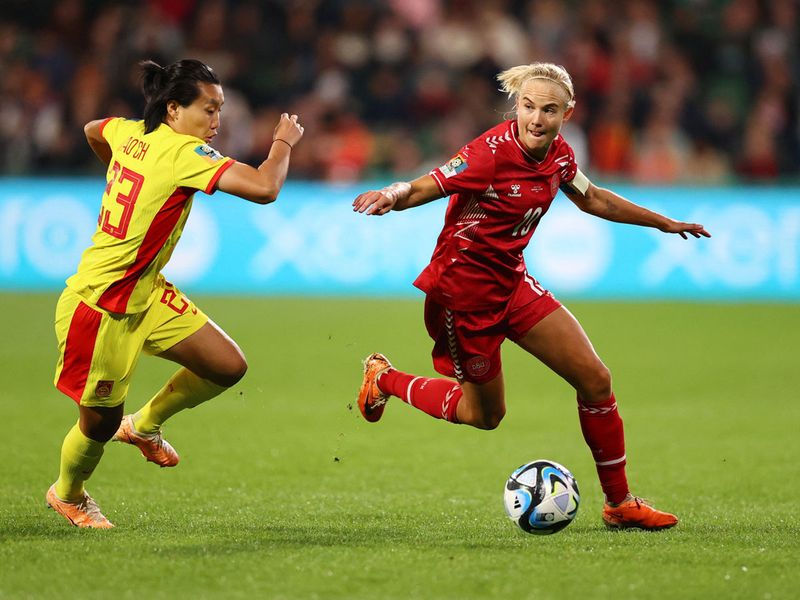
Pernille Mosegaard Harder, a Danish professional, became the world’s most expensive female footballer in 2020 with her transfer from VfL Wolfsburg to Chelsea until Walsh’s signing for Barcelona. Considered one of the best in the world, the 30-year-old from Ikast, Denmark, is an attacking midfielder and a striker.
7. Alex Morgan (USA)

At 33, Alex Morgan Carrasco is still one of the best strikers in the game as she continues scoring goals in the US National Women’s Soccer League. Morgan is among the best women’s soccer players of all time, with 119 goals in more than 200 appearances for the United States. Having won the World Cup in 2011 and 2019, Morgan is expected to play her final FIFA World Cup in 2023.
8. Ada Hegerberg (Norway)
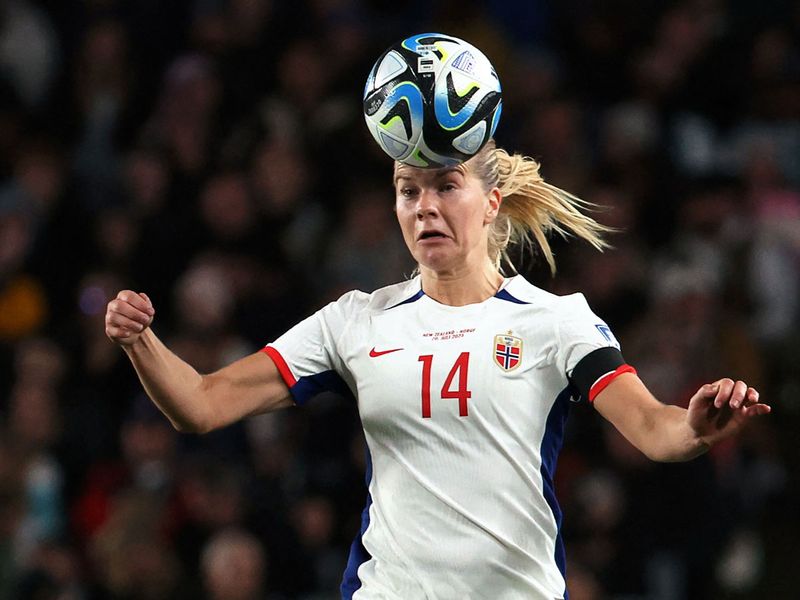
Ada Martine Stolsmo Hegerberg is the all-time UEFA Champions League’s top goalscorer. A member of Norway’s second placed team in the 2013 Women’s Euro, 28-year-old Hegerberg has won six Champions League trophies and eight Division 1 Féminine titles in France.
9. Caroline Graham Hansen (Norway)
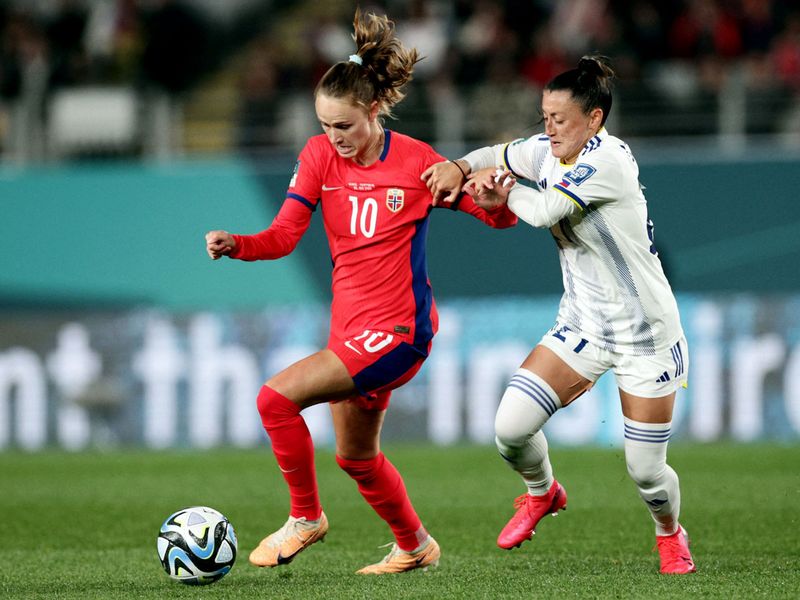
Caroline Graham Hansen is one of the most technically gifted players. The 28-year-old has struck 44 goals in 97 matches for Norway since 2011. A key player for Barcelona, she is tipped to be nominated for her first Ballon d’Or in October.
10. Asisat Oshoala (Nigeria)
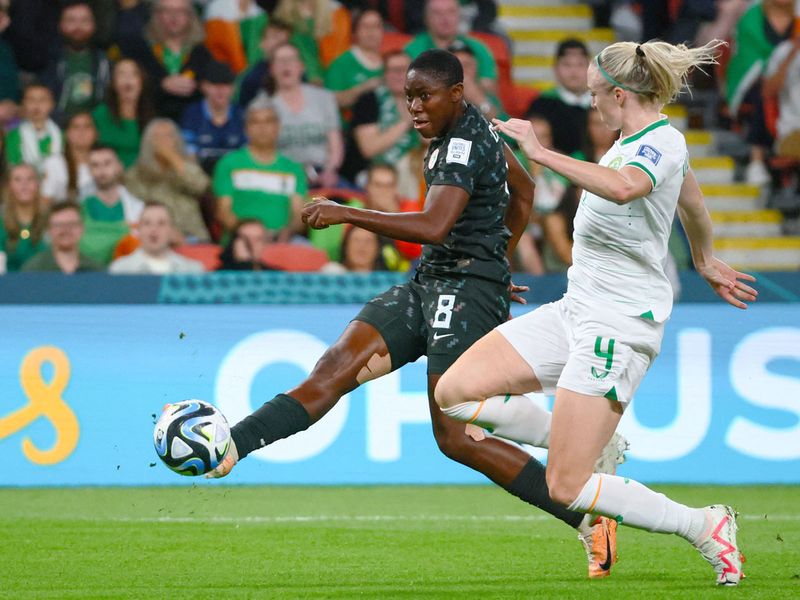
Asisat Lamina Oshoala is a scoring machine. The Nigerian striker scored 20 goals in 19 La Liga games for Barcelona in 2019-20. The 28-year-old is considered one of the greatest African female footballers of all time and one of the best in the world. She has won African Women’s Footballer of the Year a record five times.





